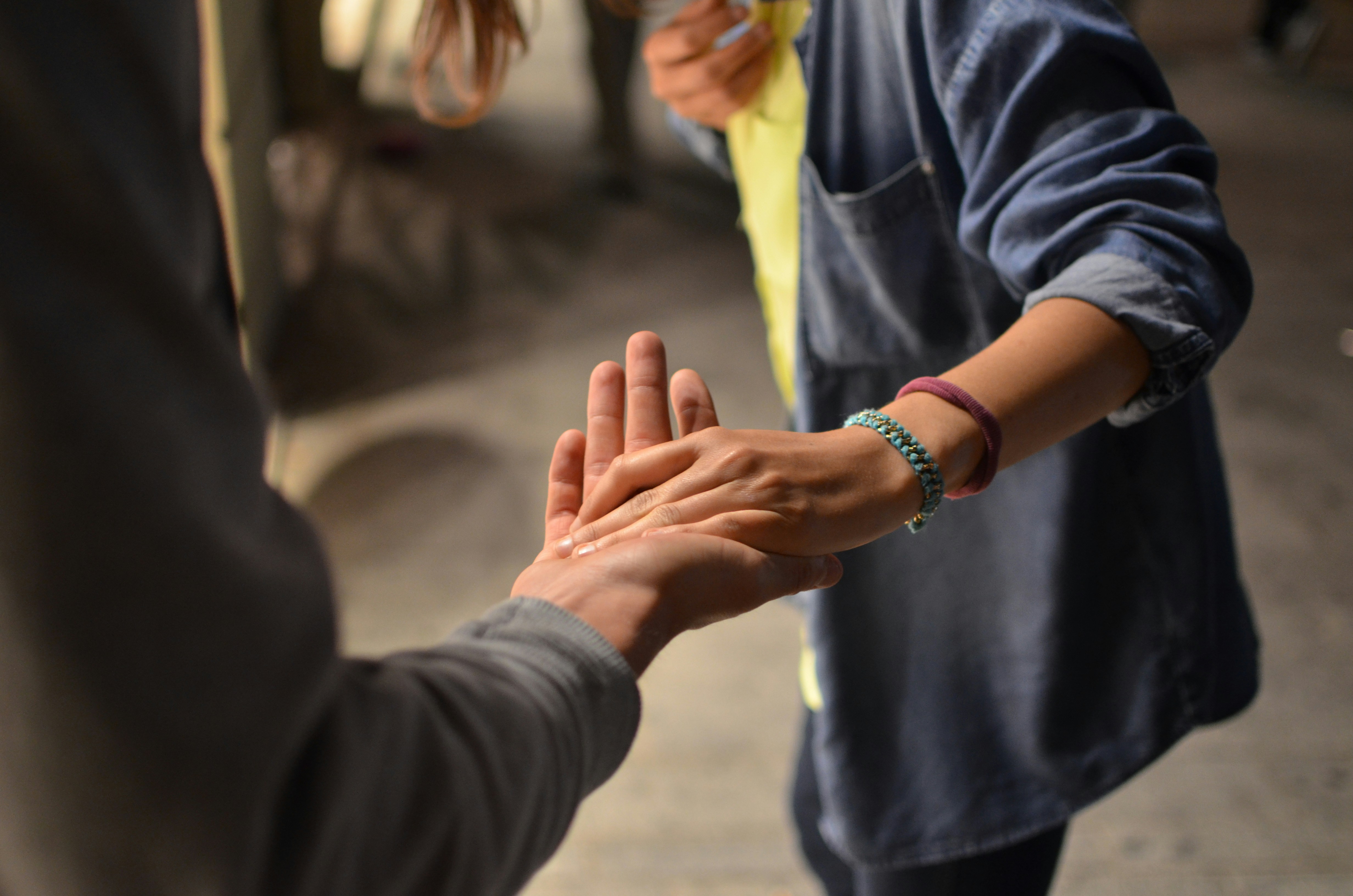In an emergency situation, staying off the radar can sometimes be as important as the basic necessities of survival. Evasion techniques from surveillance can help maintain your privacy and safety when you are trying to avoid detection by various entities—be it stalkers, oppressive regimes, or even in certain cases, during natural disasters when public order might break down and looting or violence could occur.
Let’s explore some key techniques and strategies to evade surveillance and stay unnoticed:
1. Understanding Surveillance
Before you can evade surveillance, you must understand the types of surveillance you might encounter. These can range from online tracking and CCTV monitoring to drones and satellite observation. Each type requires different countermeasures. Familiarize yourself with the common forms of surveillance present in your area.
2. Moving Unnoticed
- Dress Blend In: Avoid clothing that stands out in a crowd. Use neutral colors and commonly worn styles to blend into the local population.
- Altering Appearance: Simple changes to your appearance can make you less recognizable. Consider hats, scarves, or glasses.
- Unpredictable Routes: Take different paths when traveling, and be unpredictable in your patterns of movement to confuse any potential follower.
- Natural Cover: Use terrain, urban structures, or even crowds to shield yourself from surveillance devices or eyes.
3. Evasion in Urban Environments
- Avoiding CCTV and Facial Recognition: Covering your face with a hat or mask, using umbrellas, or looking down can help reduce the chances of being captured by cameras.
- Backalleys and Underground: Utilize less-monitored routes like alleys, subway systems, and service corridors when moving through urban areas.
4. Evasion in Wilderness Areas
- Terrain Use: Dense forests, caves, and rugged terrain can shield you from drones and satellite surveillance.
- Noise Discipline: Keep noise to a minimum to avoid drawing attention from airborne or ground-level surveillance.
5. Electronic Evasion
- Go Analog: In a high-surveillance area, consider ditching electronic devices which can be easily tracked. If you need to communicate, use letters or pre-arranged signals.
- Encryption: Use encrypted communication apps if you have to communicate digitally to avoid interception.
- Secure Browsing: If internet use is necessary, consider using a VPN and secure browsers to hide your online activity.
- Power Off: Simple but effective – turn off your smartphones and other devices that can be used to track your location.
6. Misinformation
- Dummy Trails: Leave misleading information or trails if you suspect you are closely surveilled. This can include false travel plans or using a decoy.
- Disinformation: Spread false information about your whereabouts or intentions if necessary.
7. Avoiding Detection by Air
- Night Movement: Travel at night when possible to avoid detection from the air, using darkness as cover.
- Camouflage: Use natural materials to camouflage your shelter or blend in with the environment when resting.
- Infrared Avoidance: Insulate any heat sources to reduce your infrared signature which can be picked up by advanced surveillance.
8. Preparing Escape and Evasion Kits
Your emergency preparedness kit should also include items to help with evasion:
- Disguises: Items to alter your appearance.
- Maps: Paper maps of your local area and beyond.
- Compass: A way to navigate without electronic devices.
- Money: Cash can’t be traced as easily as digital transactions.
- Basic Supplies: Water, food, and first aid to sustain you without returning to places of interest.
Conclusion
In a world where surveillance is widespread and often invasive, knowing how to move discreetly and avoid unwanted attention can be vital to your safety in emergency situations. Practice situational awareness, and develop your evasion skills in advance to maintain your autonomy and safety when it matters most. Always remember: these techniques should be used ethically and in accordance with laws and respect for privacy.
Stay prepared, stay safe, and remember that the right evasion techniques can sometimes be as critical as the essential tools in your emergency kit









